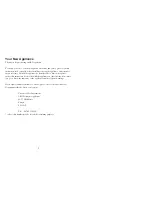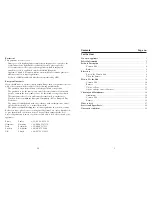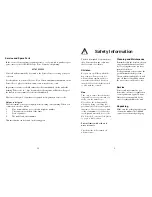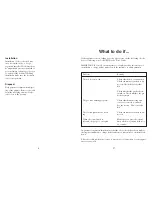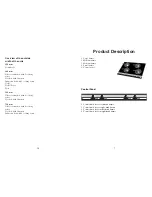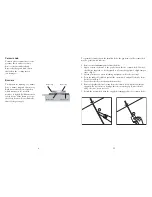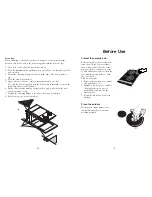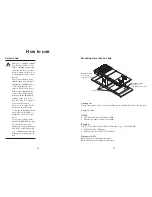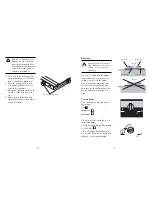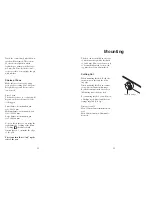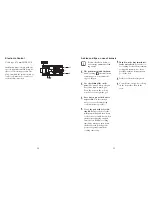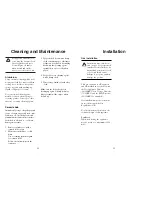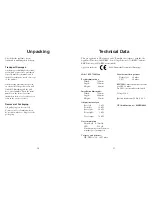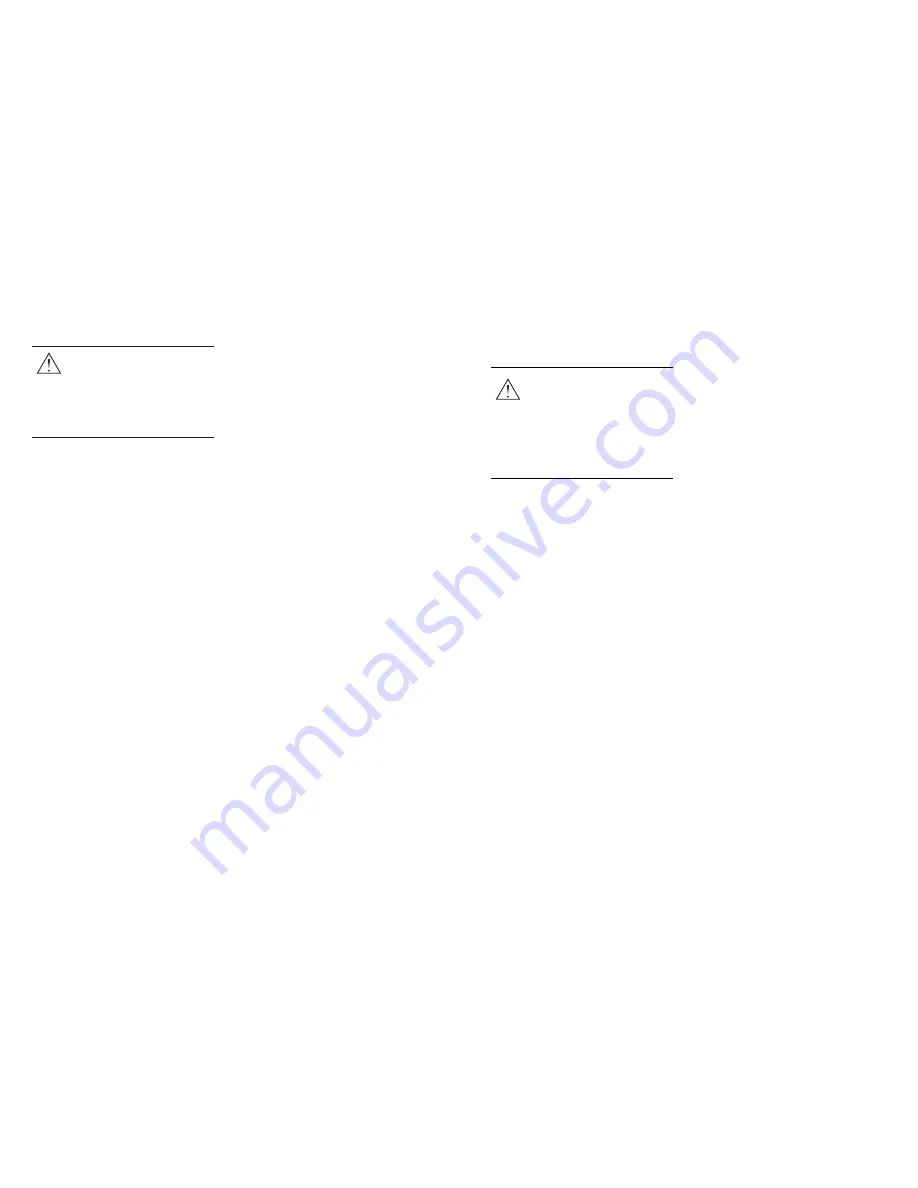
14
Cleaning and Maintenance
Carry out daily cleaning with a well
wrung-out cloth. For more stubborn
soiling, use a cloth or a soft plastic
sponge together with washing-up
liquid or all-purpose cleaner.
Never use metal cleaning pads,
metal wool, hard plastic sponges,
scouring powder, soft soap or other
abrasive or caustic cleaning agents.
For hygienic and safety rea-
sons, keep the burners clean.
Grease splashes and spilt
food will give off fumes
when heated and in the
worst case can lead to a fire.
Aluminium
Immediately scrape off spillages and
traces of sugar, sugar-rich food (jam,
fruit juice etc.), melted plastic and
aluminium foil from the hot surface.
If the hob is allowed to cool down,
damage may result.
1. Remove splashes etc. with a
ceramic hob scraper.
2. Make sure the hob has cooled
down.
Use a cleaning agent designed
for ceramic hobs.
Follow the instructions on the
container.
Ceramic hob
3. Wipe the hob clean with a damp
cloth or kitchen paper. Obstinate
stains can be removed by rubbing
hard with the cleaning agent
sprinkled on a piece of kitchen
paper.
4. Wipe off excess cleaning agent
with a damp cloth.
5. If necessary, finish off with a dry
cloth.
Make sure the hob is dry before
heating up again. A damp hob may
display rainbow-like stripes when
heated up.
19
Installation
Gas installation
Installation may only be car-
ried out by a Corgi registered
installer. Work carried out by
unqualified persons may lead
to personal injury and/or
damage to property, and may
damage the product.
This gas appliance is CE-approved
and CE-marked in accordance with
the Gas Appliance Directive
(90/396/EEC, Low Voltage Directive
(73/23/EEC) and the EMC Directive
(89/336/EEC as amended).
Gas installation must be carried out
in accordance with the Gas
Regulations (GR).
No alterations must be made to the
technical design of this appliance.
Leak test
When leak testing, the appliance
may be tested to a maximum of 150
mbar.


